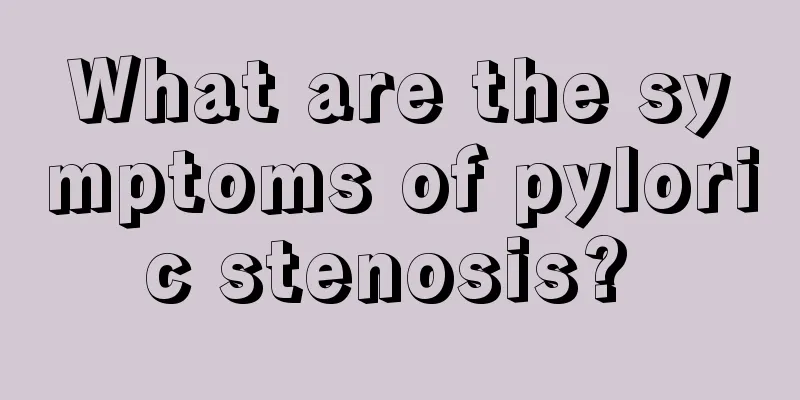What are the symptoms of non-gonococcal urethritis?

|
Some friends may not be familiar with the term non-gonococcal urea, but this disease is very common in life. I believe everyone is familiar with non-gonococcal urethritis, but I wonder how much you know about the symptoms of this disease. Clinical symptoms: 1. The incubation period of non-gonococcal urethritis is 10-20 days. 2. The onset is not as acute as gonorrhea, and the symptoms are delayed, sometimes mild and sometimes severe, but milder than gonorrhea. About 50% of patients have symptoms such as urinary pain and urethral itching, and it is easy to be missed at the initial diagnosis. Male non-gonococcal urethritis is manifested by urethral discomfort, itching, burning or stinging, urethral redness and swelling, and urethral secretions are mostly serous and thin, with a "sticky" phenomenon in the morning. Female non-gonococcal urethritis is manifested by inflammation and erosion of the cervix, increased secretions, many lobed white blood cells in cervical secretions (more than 10 per field of view under high power), vaginal and vulvar itching, and lower abdominal discomfort. Note: Some patients may be asymptomatic or have atypical symptoms and are easily missed. There are many lobed white blood cells in cervical secretions (more than 10 per field of view under high power). 3. The urethral secretions are small, thin, mucous or mucopurulent. A small amount of thin secretions may overflow from the external urethral opening if urination is not induced for a long time (such as in the morning). Sometimes it only manifests as a scab sealing the urethral opening or contaminating the underwear in the morning. During the examination, it is necessary to press and squeeze the anterior urethra from back to front to cause a small amount of secretions to overflow from the urethral opening. Sometimes the patient has symptoms but no secretions, or may have secretions but no symptoms. 4. It is often infected at the same time as gonorrhea. The former shows gonorrhea symptoms first. After anti-gonococcal treatment, gonococci are killed by penicillin, while chlamydia and mycoplasma still exist. The disease occurs 1-3 weeks after infection, which can easily be mistaken for uncured or relapsed gonorrhea clinically. 5. Improper handling or untimely treatment may cause complications (1%), such as acute epididymitis, prostatitis, colitis, pharyngitis, female cervicitis, cervical erosion, Bartholinitis, vaginitis, salpingitis, pelvic inflammatory disease, ectopic pregnancy, infertility, etc. 6. Newborns passing through an infected birth canal may develop conjunctivitis 3-13 days after birth, with mucopurulent secretions in the eyes, or no secretions at all, but the cornea is usually not invaded. Pneumonia may occur 2-3 weeks after birth, with worsening symptoms, characterized by rapid breathing, but no fever. Half of the children have conjunctivitis. 7. A very small number of patients may suffer from Reifer syndrome: urethritis, arthritis, keratitis, conjunctivitis and rash. |
<<: How to effectively relieve mental stress
>>: What are the sequelae of orbital surgery
Recommend
What are the foods that nourish the kidneys? List of eleven kinds of food that can nourish the kidneys
Kidney-tonifying food 1: Dog meat Dog meat tastes...
Urine protein positive 2+
Urine protein positive 2+ is the main indicator i...
What can I eat to make my breasts bigger?
Breasts are extremely important for women. Not on...
What are the correct ways to wash your nose
Rhinitis affects many people, and some people can...
How to wash ink off clothes
For most mothers, they may encounter a situation ...
Make hair darker quickly
Everyone hopes to have black and shiny hair, espe...
Do you know the normal value of serum amylase?
Serum amylase is an important criterion for judgi...
Surgical treatment of gastric cancer
Surgery is still the main treatment for gastric c...
What fruits are good for the elderly with osteosarcoma?
Although osteosarcoma often occurs in young peopl...
What are the first aid methods for choking?
Every year during the holidays, the whole family ...
How to apply blush more naturally
The makeup must be appropriate to achieve a beaut...
How to remove glass scale
Many people hate scale on the glass. This is beca...
What causes headaches among high school students
Headache is not only a problem for some office wo...
What to eat to nourish the liver when the body is cold
The liver is one of the most important organs in ...
What causes cheilitis and what are the reasons
As a common lip disease, cheilitis is known to ma...









